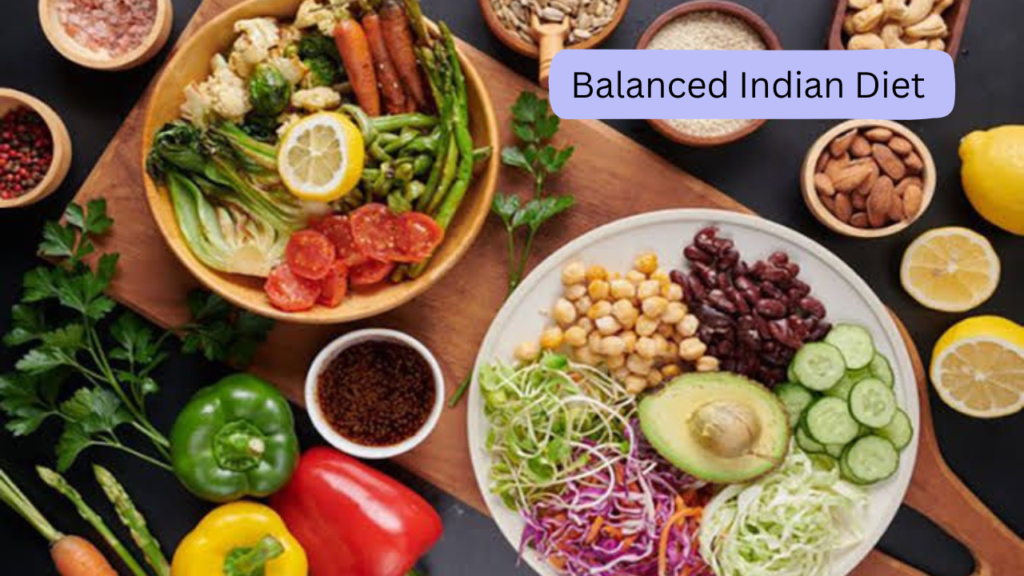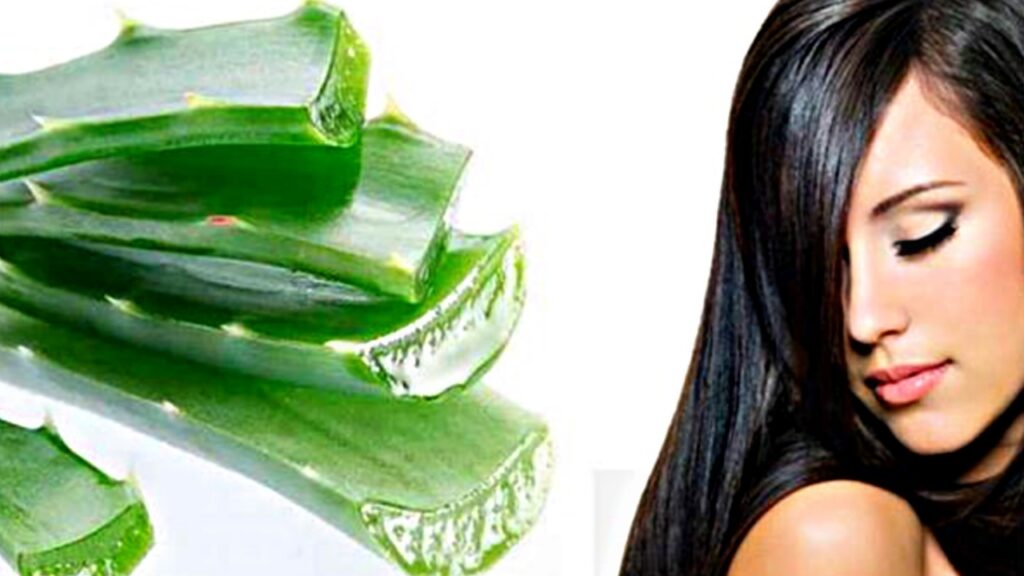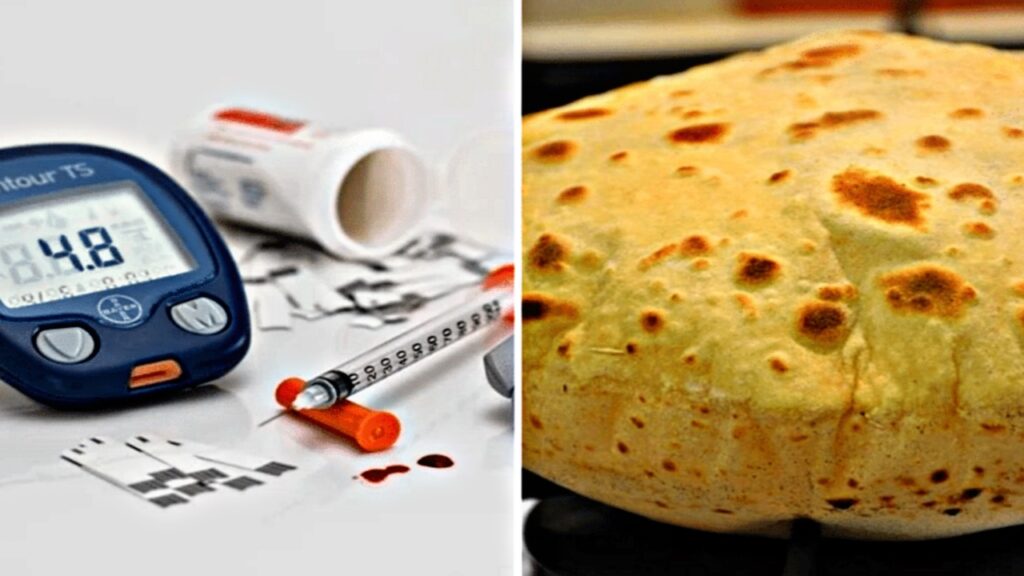Indian snacks and food habits are deeply rooted in tradition, offering a variety of flavors, textures, and ingredients. Popular snacks like samosas, pakoras, chaat, and jalebis are often fried and calorie-dense, while meals frequently feature rich curries, ghee-laden breads, and sugary desserts. While these foods are delicious and culturally significant, their high fat, sugar, and refined carbohydrate content can contribute to obesity if consumed in excess.
Modern lifestyles, characterized by sedentary habits and increasing reliance on processed foods, have exacerbated this issue. Additionally, portion sizes and the frequency of snack consumption have grown, leading to higher caloric intake. To counter this, a shift towards healthier cooking methods, such as steaming or grilling, and incorporating whole grains, fruits, and vegetables can help. Moderation, mindful eating, and regular physical activity are essential to maintaining a balanced diet and preventing obesity in the Indian context.

What’s the science behind weight loss?
Weight loss happens when your body burns more calories than it takes in. Calories are units of energy found in the food and drinks you consume. Your body uses these calories to fuel activities like moving, thinking, and even basic functions like breathing.
When you eat more calories than your body needs, the extra is stored as fat. To lose weight, you need to create a “calorie deficit” by either eating fewer calories, burning more through exercise, or both.
Your metabolism also plays a role. It’s the process by which your body converts food into energy. Some people naturally burn calories faster than others due to differences in metabolism.
However, weight loss isn’t just about calories—it’s also about the quality of the food you eat. Nutritious foods like vegetables, fruits, and proteins help keep you full and provide energy, making weight loss easier and healthier.
Weight loss and calorie intake for both men and women
Weight loss occurs when you consume fewer calories than your body burns, creating a calorie deficit. For men, calorie needs typically range from 2,200–3,000 calories per day, while for women, they range from 1,600–2,400, depending on age, activity level, and metabolism. A safe, sustainable deficit is 500–750 calories daily, leading to 0.5–1 kg weight loss per week. Focus on nutrient-dense foods like vegetables, lean proteins, and whole grains while limiting processed foods and added sugars. Regular physical activity, such as strength training and cardio, supports weight loss, preserves muscle, and improves metabolism. Hydration and sleep are also crucial for success.
Here’s a 7-day Indian diet plan for weight loss, focusing on balanced nutrition and calorie control:
Day 1
Morning (7:00 AM): Warm water with lemon or jeera water
Breakfast (8:00 AM): 2 moong dal cheelas + mint chutney + green tea
Mid-Morning Snack (11:00 AM): 1 apple or 1 orange
Lunch (1:00 PM): 1 cup brown rice + 1 cup mixed vegetable curry + salad
Evening Snack (4:00 PM): Handful of roasted chana or makhana
Dinner (7:30 PM): 1 cup lauki (bottle gourd) soup + 1 multigrain roti
Day 2
Morning: Warm water with soaked fenugreek seeds
Breakfast: 1 bowl poha with vegetables + buttermilk
Mid-Morning Snack: 1 cucumber or 1 guava
Lunch: 1 cup quinoa khichdi + raita + salad
Evening Snack: Green tea + 5 almonds
Dinner: 1 bowl palak (spinach) soup + stir-fried vegetables
Day 3
Morning: Ginger-turmeric tea
Breakfast: 1 bowl oats porridge with chia seeds + 1 boiled egg (optional)
Mid-Morning Snack: 1 banana
Lunch: 1 jowar roti + dal + sabzi (seasonal vegetables) + salad
Evening Snack: Coconut water or buttermilk
Dinner: Grilled fish/chicken (100 g) or paneer + steamed broccoli
Day 4
Morning: Warm water with a pinch of cinnamon
Breakfast: 1 plate idli with sambar + green tea
Mid-Morning Snack: 1 handful mixed nuts
Lunch: 1 bowl dalia (broken wheat) khichdi + curd + salad
Evening Snack: Green tea + roasted peanuts
Dinner: 1 cup vegetable stew + 1 bajra roti
Day 5
Morning: Warm water with apple cider vinegar
Breakfast: 1 vegetable paratha (no oil) + curd
Mid-Morning Snack: 1 pear
Lunch: 1 cup rajma curry + 1 cup brown rice + salad
Evening Snack: Green tea + carrot sticks
Dinner: 1 bowl pumpkin soup + stir-fried tofu or paneer
Day 6
Morning: Warm water with ginger and honey
Breakfast: 1 bowl upma with vegetables + coconut chutney
Mid-Morning Snack: 1 kiwi or 1 pomegranate
Lunch: 1 multigrain roti + chana dal + sabzi + salad
Evening Snack: Herbal tea + handful of fox nuts (makhana)
Dinner: Grilled chicken breast or paneer tikka + sautéed vegetables
Day 7
Morning: Warm water with lemon and a pinch of honey
Breakfast: 1 bowl vegetable dalia + green tea
Mid-Morning Snack: 1 handful of walnuts
Lunch: 1 cup vegetable biryani (made with brown rice) + raita + salad
Evening Snack: Green tea + cucumber sticks
Dinner: 1 cup tomato soup + mixed vegetable stir-fry
Other Tips for Effective Result:
- Drink 8-10 glass of water daily.
- Opt for minimal oil cooking methods like steaming, grilling, or sautéing.
- Adjust portion sizes based on your caloric needs and activity level.
- Avoid refined sugars and processed foods.





